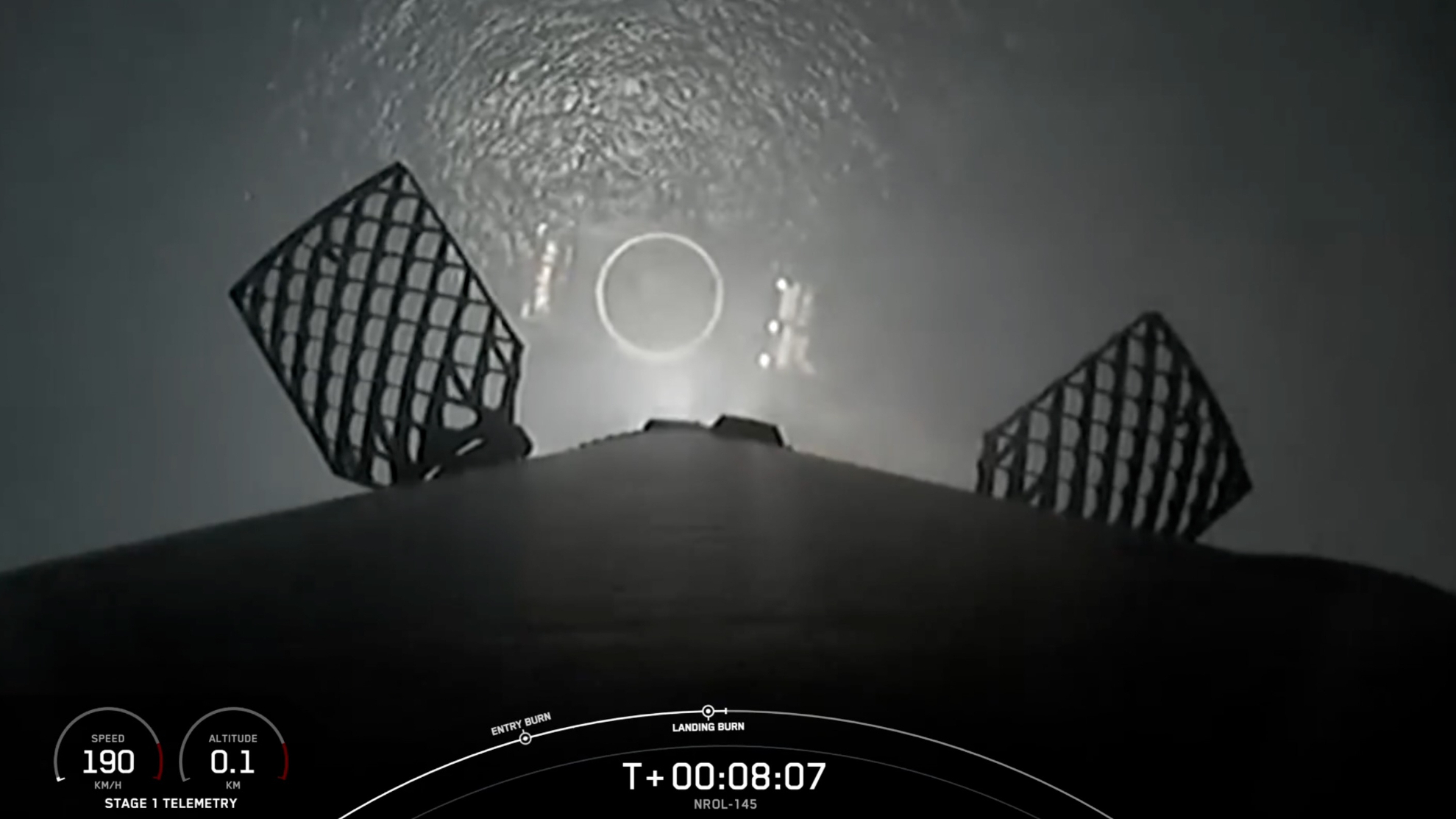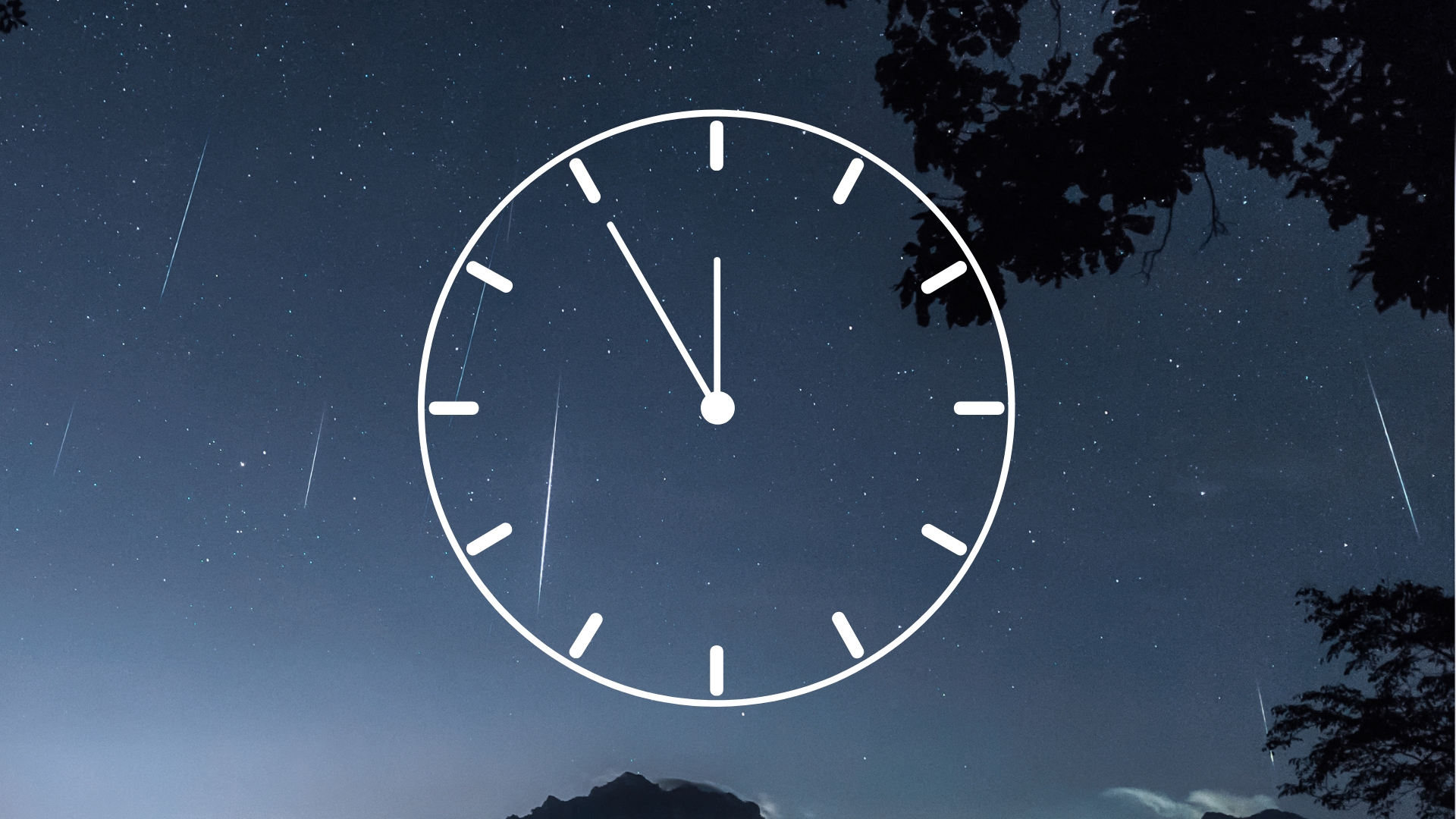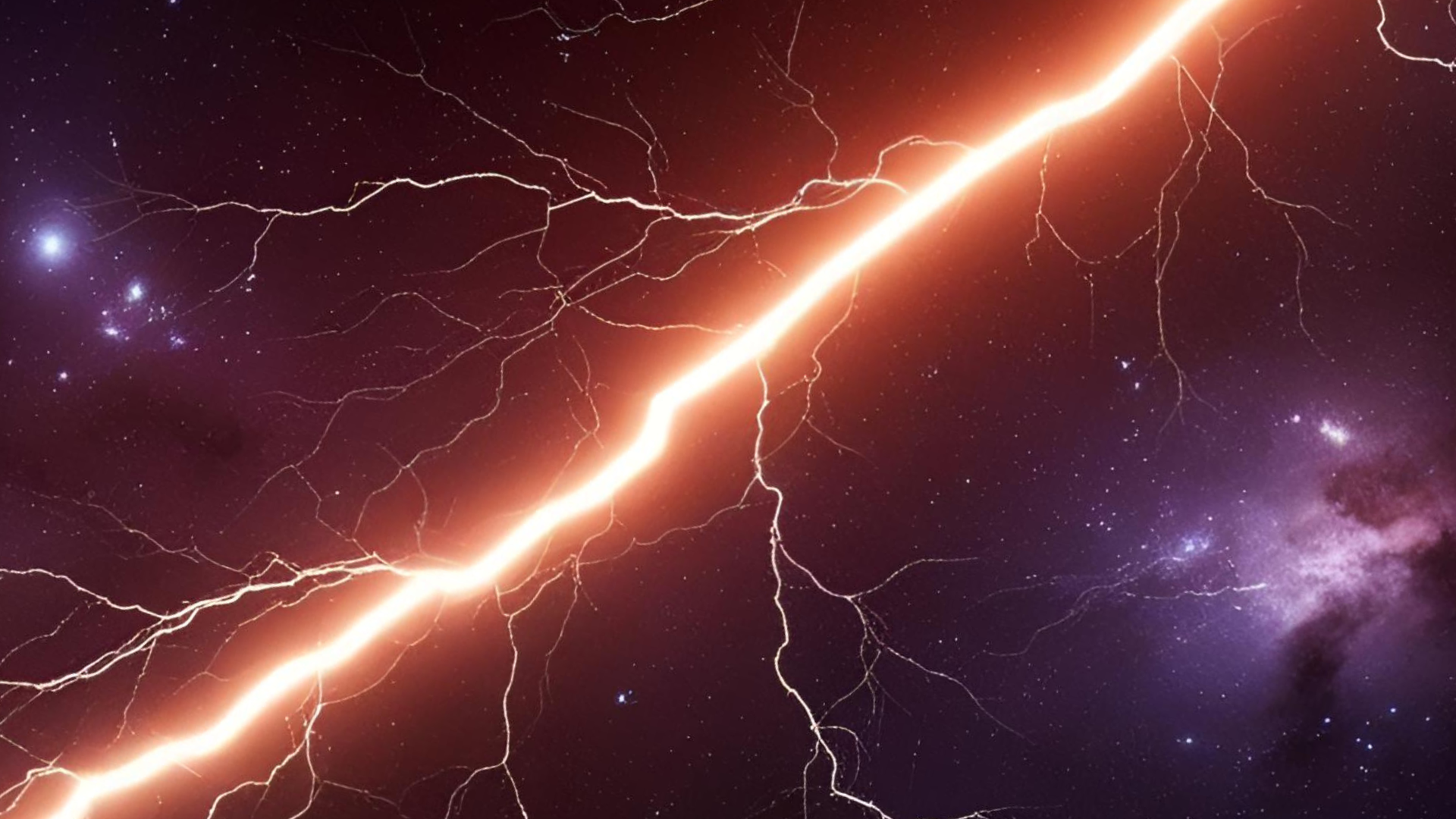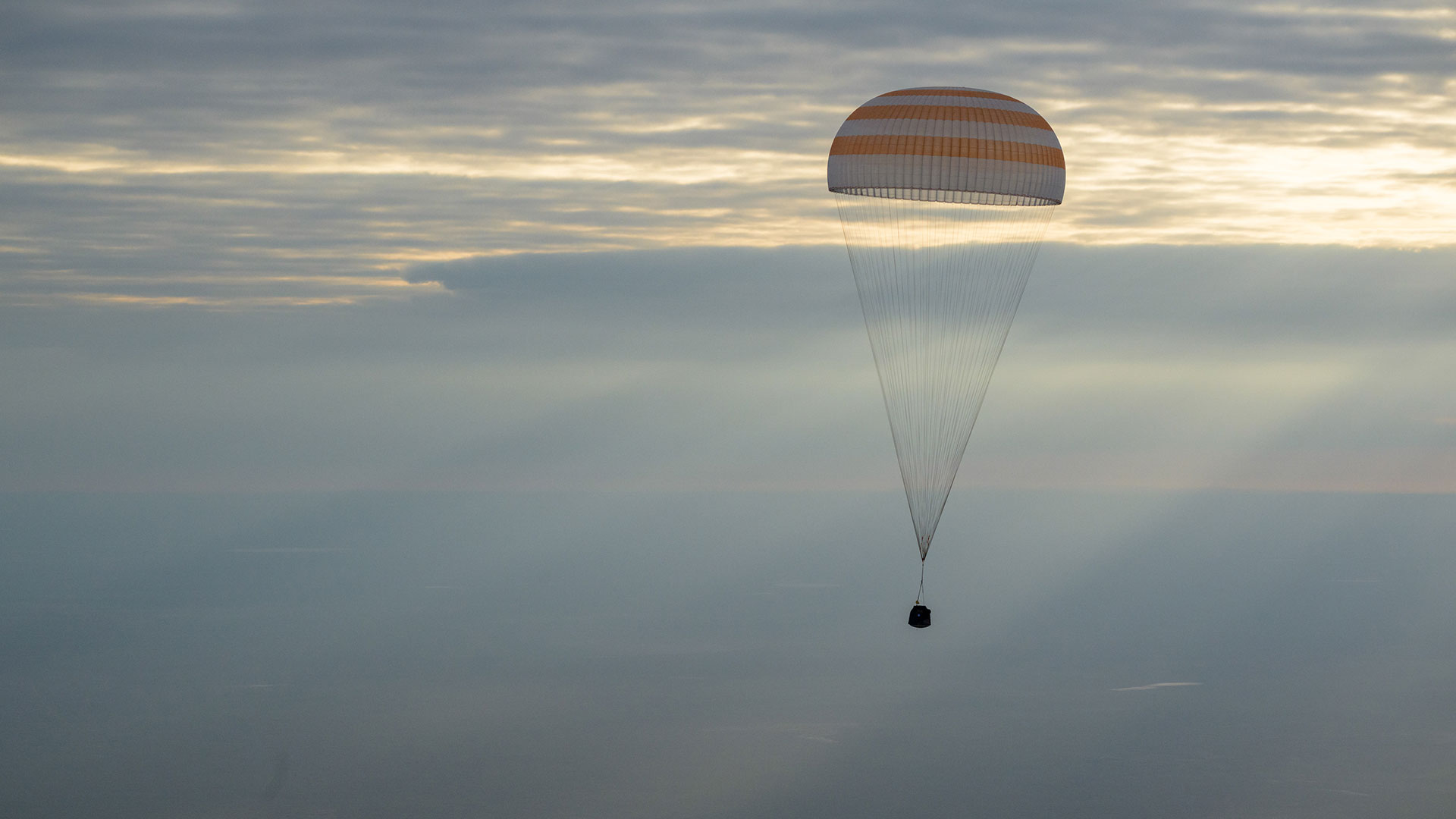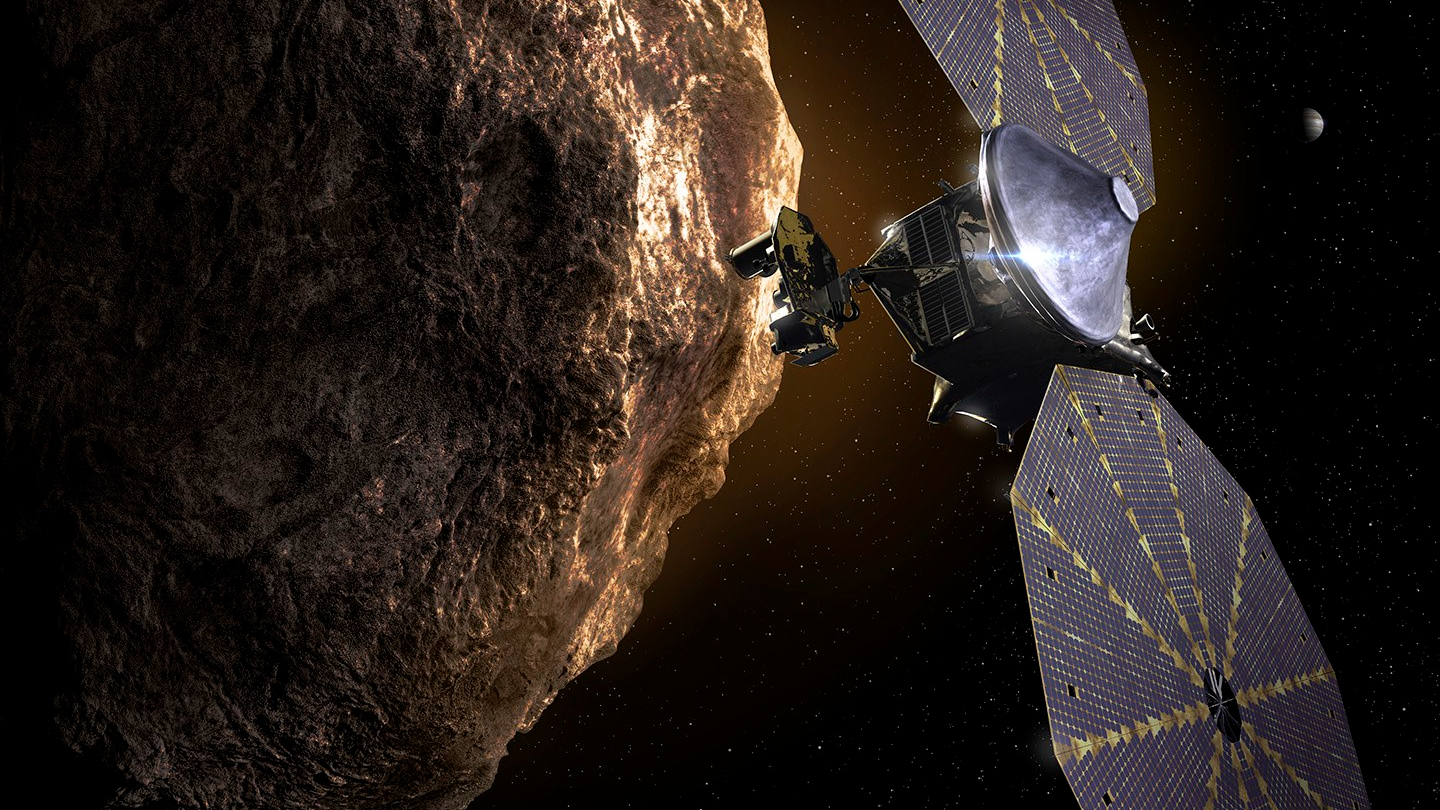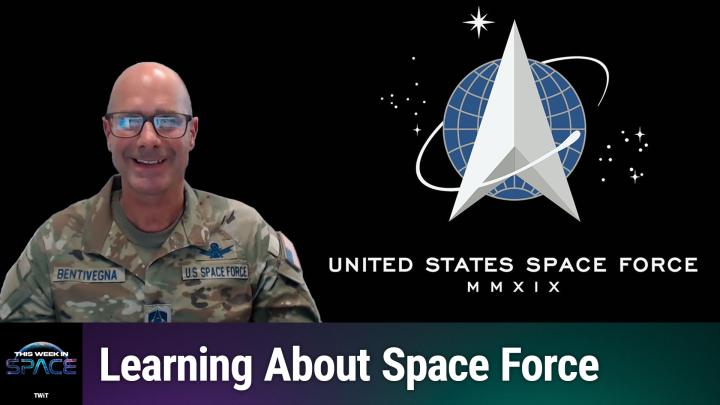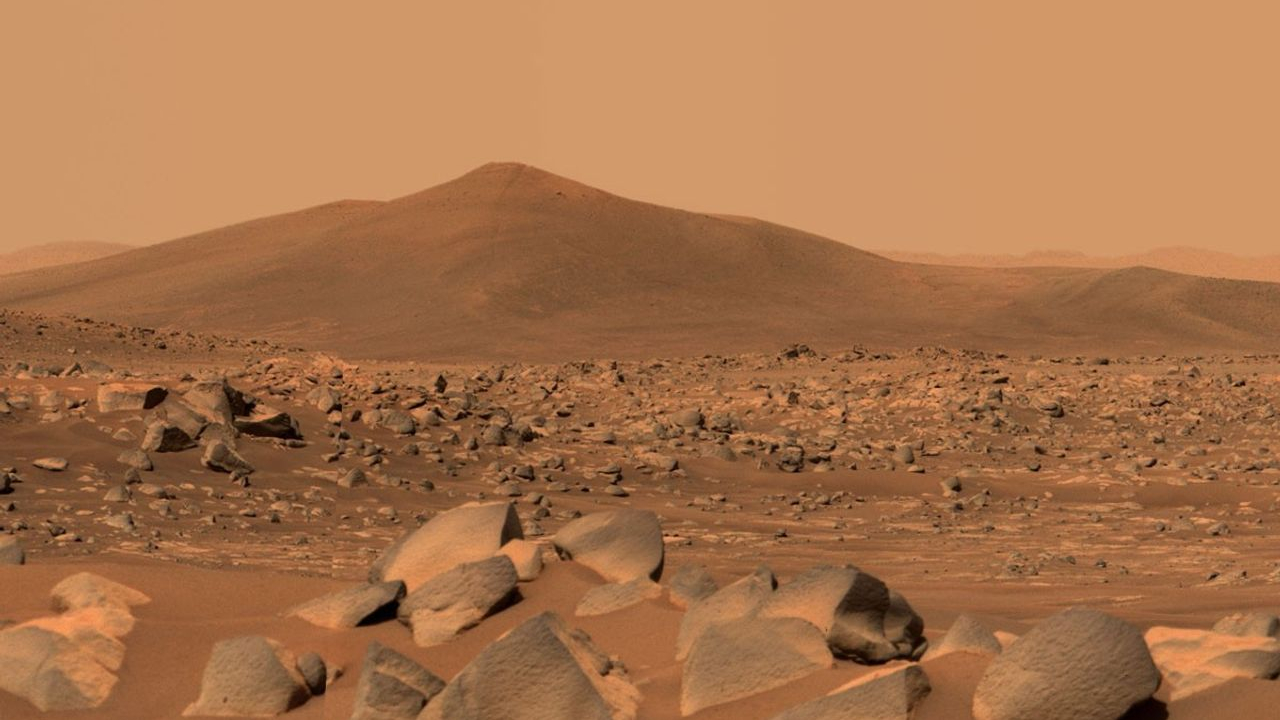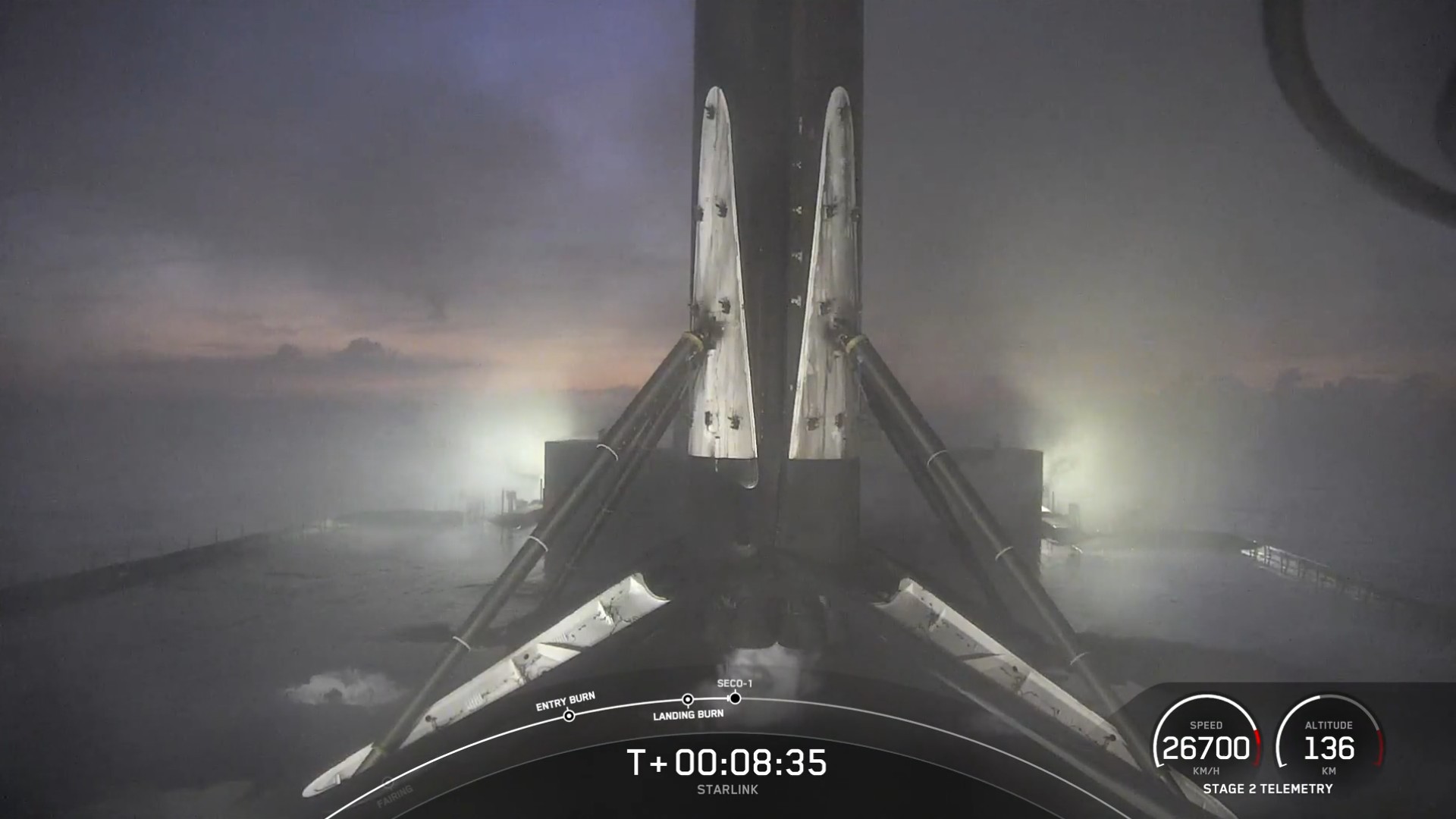The Blind Can Experience the Eclipse with This Cool Sensory App and Braille Book
A new multisensory app and tactile guide help blind and visually impaired communities experience the total solar eclipse on Aug. 21.
The Eclipse Soundscapes Project uses sound to create a multisensory eclipse experience. The app includes audio descriptions of the eclipse in real time, as well as recordings of environmental sounds that tend to change during an eclipse. Users can also visualize the eclipse through touch, using the app's interactive "rumble map."
"For individuals who cannot see, hearing is an ideal way to experience the eclipse, since soundscapes change dramatically as the moon passes between the Earth and sun," Eclipse Soundscapes representatives wrote on the project's website. "Due to the change in light, nocturnal animals stir into action, while diurnal animals settle. As the sun's light re-emerges, it often triggers a 'false dawn chorus.'" [Total Solar Eclipse 2017: When, Where and How to See It (Safely)]

Using the rumble map, people can hear and feel the physical qualities of the eclipse. Images of the eclipse are displayed at various stages, allowing users to touch the image and feel a level of vibration relative to the brightness of the section of the photo. Dark areas of the photo represent phases of the eclipse when the moon covers more of the sun's bright disk. When these areas are selected, users will experience less vibration, according to the statement.
The Eclipse Soundscapes Project was created by Henry "Trae" Winter, who is a solar astrophysicist at the Harvard-Smithsonian Center for Astrophysics (CfA) in Cambridge, Massachusetts. The National Parks Service, Science Friday, Brigham Young University and citizen scientists will record environmental sounds before, during, and after the total solar eclipse on Aug. 21. These recordings will be available through the app after the eclipse.
During the eclipse, however, the Eclipse Soundscapes app will use geolocation to identify where the user is and align them with a narration of the eclipse's progression in real time. Readers can download the Eclipse Soundscapes app here.
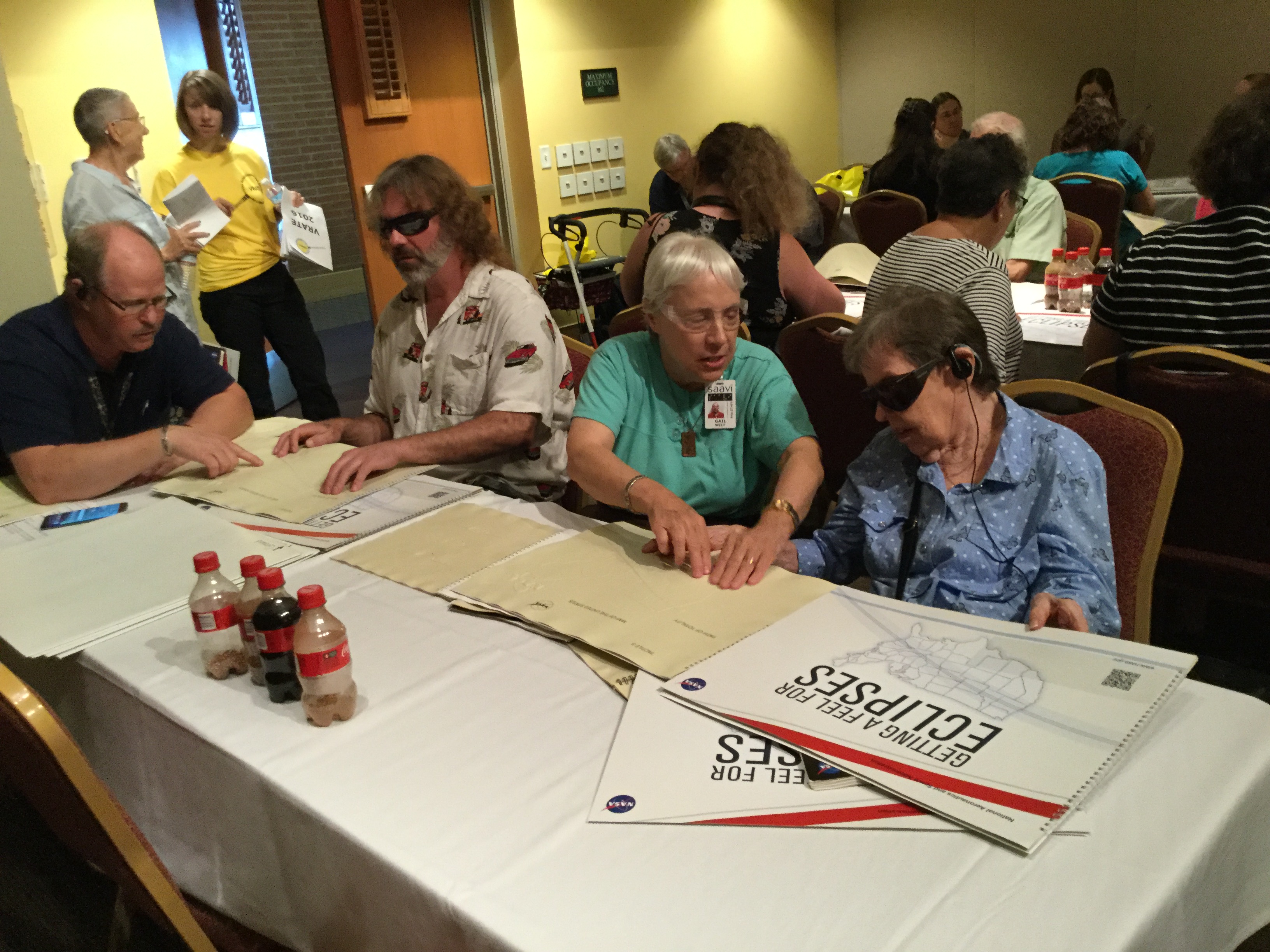
NASA, too, is helping blind people experience the eclipse: The agency has created a Braille book called "Getting a Feel for Eclipses," which features graphics that help users learn more about the total solar eclipse and the science behind the celestial event. More than 5,000 copies of the book have been distributed to schools and libraries for the blind, as well as other educational institutions, NASA officials said in a statement.
Get the Space.com Newsletter
Breaking space news, the latest updates on rocket launches, skywatching events and more!
"NASA is privileged to help bring this historic eclipse to a segment of our population who have previously not had an opportunity to enjoy these celestial phenomena," Greg Schmidt, deputy director of NASA's solar system exploration research virtual institute, said in the statement. "We feel strongly that everyone should have a part to play in exploring our universe."
Editor's note: Space.com has teamed up with Simulation Curriculum to offer this awesome Eclipse Safari app to help you enjoy your eclipse experience. The free app is available for Apple and Android, and you can view it on the web. If you take an amazing photo of the Aug. 21 solar eclipse, let us know! Send photos and comments to: spacephotos@space.com.
Follow Samantha Mathewson @Sam_Ashley13. Follow us @Spacedotcom, Facebook and Google+. Original article on Space.com.
Join our Space Forums to keep talking space on the latest missions, night sky and more! And if you have a news tip, correction or comment, let us know at: community@space.com.

Samantha Mathewson joined Space.com as an intern in the summer of 2016. She received a B.A. in Journalism and Environmental Science at the University of New Haven, in Connecticut. Previously, her work has been published in Nature World News. When not writing or reading about science, Samantha enjoys traveling to new places and taking photos! You can follow her on Twitter @Sam_Ashley13.
